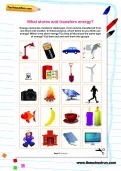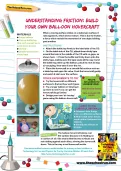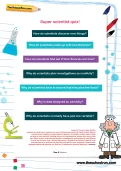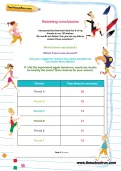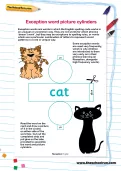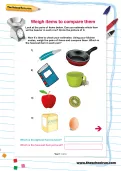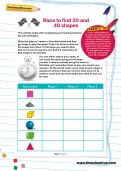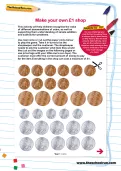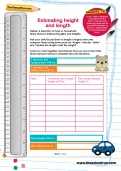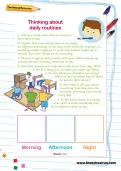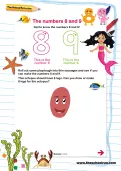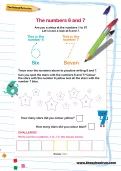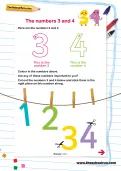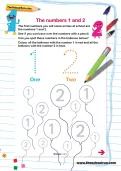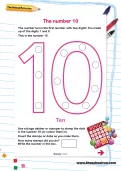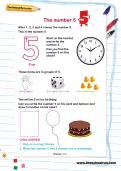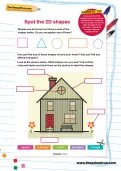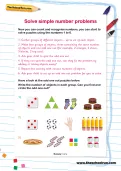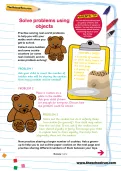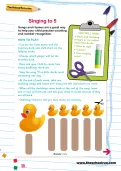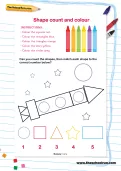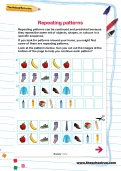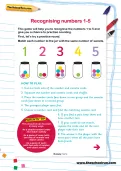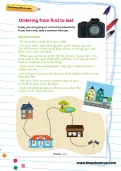worksheets
Free worksheets: Science, KS2, Y6
You’ll need to login or Register first to access these worksheets for free.
Once you’ve tried out our free worksheets, why not explore all our resources (1000s of worksheets, interactive tutorials, learning packs and more) with a 14-day FREE trial subscription.
What stores and transfers energy?
Energy cannot be created or destroyed, it can only be transferred from one store into another. In these pictures, which items do you think use energy? Which ones store energy? Do they all store/use the same type of energy? Cut them out and sort them into groups.
Understanding friction: Build your own balloon hovercraft
When a moving surface slides on a stationary surface it rubs against it, which slows it down. This is due to friction, a force which resists the movement of one object sliding past another. Understand more about friction with a fantastic practical project: make your own balloon hovercraft!
Super scientist quiz
Quiz questions to encourage your child to think about how scientists work and why they do the things they do.
Reaching conclusions
A worksheet showing results of an experiment with questions underneath to consider.
Exception word picture cylinders
Exception words are words in which the English spelling code works in an unusual or uncommon way. Read these exception words then get out your scissors and glue! We are going to make some word and picture cylinders.
Weigh items to compare them
How good are you at estimating what something weighs? Let's try this activity, which involves estimating the weight of common household items then checking the weight on your kitchen scales.
Race to find 2D and 3D shapes
Do you know your 2D and 3D shapes? Let's race to see who can find the most items in 30 seconds!
Make your own one pound shop
Let's play shops! This fun game will help your child recognise the value of different denominations of coins, as well as supporting their understanding of simple addition and subtraction problems.
Estimating height and length
Gather a selection of toys or household items that are different lengths and heights. Then ask your child to put them in length / height order and compare them using terms such as “longer / shorter / taller” and “double the length / half the height”.
Thinking about daily routines
What did you do today? Let's talk about our daily routine. What is the first thing you do every day? What do you do in the morning, afternoon and night?
The numbers 8 and 9
Playdough sausages, drawing an octopus, counting passengers on a bus – discover lots of activities to help your child learn the numbers 8 and 9.
The numbers 3 and 4
Do you know the numbers 3 and 4? Try these fun activities to help you recognise these numbers.
The numbers 1 and 2
The first numbers you will come across at school are the numbers 1 and 2. Here are lots of activities to help you learn to spot these numbers.
The number 10
The number ten is the first number with two digits! It is made up of the digits 1 and 0. Here are some activities to help you recognise the number 10.
The number 5
After 1, 2, 3 and 4 comes the number 5! Can you spot the number 5 on a clock? Can you write the number 5 on a birthday card?
Spot the 2D shapes
Shapes are all around us! Do you recognise any of these shapes? Can you find them in your house? What shapes can you see in this picture of a house?
Solve simple number problems
Now you can count and recognise numbers, you can start to solve puzzles using the numbers 1 to 6.
Solve problems using objects
Practise solving real-world problems to help you with your maths work when you get to school. Collect some teddies and some cookie counters (or some real cookies!) and do some problem-solving!
Singing to 5
Play the Five Little Ducks game to help your child practise counting and number recognition.
Repeating patterns
Can you cut out the images on the page to continue each pattern? Then help Sammy, who has been trying to make a pattern with her toys but has made a mistake.
Recognising numbers 1-5
This game will help you to recognise the numbers 1 to 5 and give you a chance to practise counting.
Ordering from first to last
Today you are going on a bit of an adventure! Let's go on a walk and take photos of things we see on the way. Then, when we get home, let's see if we can remember the order the photos go in.
